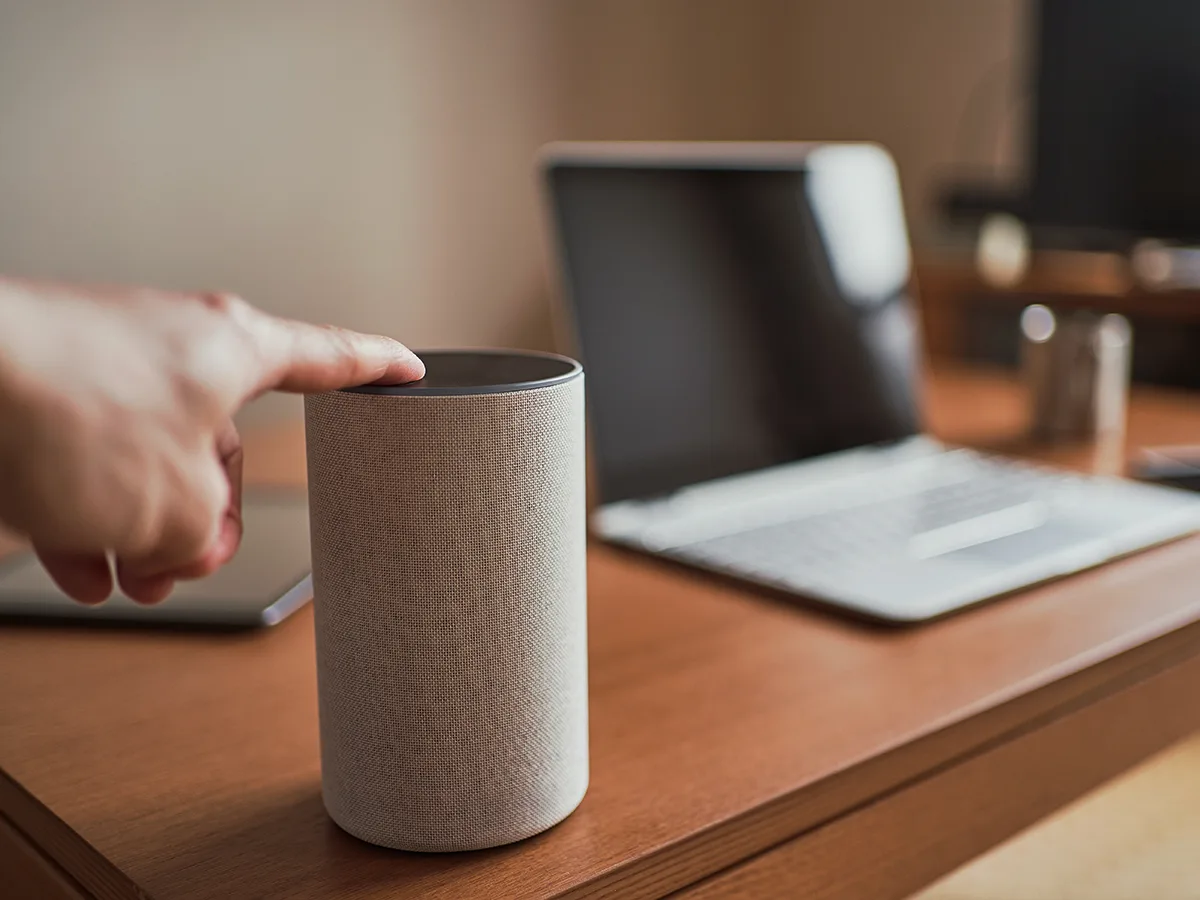8 ways to use virtual assistants as assistive technology

At a glance
Virtual assistants are designed to make everyday tasks easier.
They can serve as assistive technology for people who learn and think differently.
Virtual assistants like Alexa, Siri, and Google Assistant can help with reading, writing, math, and tasks that involve executive functions.
Virtual assistants are designed to make it easier to do everyday tasks, like playing music and controlling the lights. They can also serve as (AT) and be a big help for people with learning and thinking differences.
Assistants are voice-activated and hands-free, and they can respond to questions and commands. They’re built into devices like smartphones, tablets, and smart speakers, like Amazon Echo and Google Home.
Here are eight ways virtual assistants can help if you have a learning and thinking difference.
1. Help with spelling
You can ask a virtual assistant how to spell a word you’re having trouble with. It's a little trickier if the word has more than one spelling, like beat vs. beet. The assistant may give you options for multiple spellings. You can also clarify which spelling you want. For example, to spell the vegetable beet, you can say “Alexa, how do you spell beet root?”
2. Give definitions and synonyms
You can ask virtual assistants for the meaning of words you don’t recognize. You could say “OK Google, what does dyslexia mean?” You can also ask for synonyms if you want to change particular words in your writing. You could ask “OK Google, what’s another word for happy?”
3. Help with sounding out words
You can ask how to pronounce a word by spelling it out. For example, you could say “OK Google, how do you pronounce p-h-o-n-e?”
4. Read books aloud
Some virtual assistants can read aloud books that are text-to-speech compatible. For Amazon Echo, you just have to say something like “Alexa, read Fish in a Tree from my Kindle.” If you have an Audible account, you could ask Alexa to play a particular audiobook just by saying “Wuthering Heights.”
5. Help with math
Virtual assistants can be a big help for people who have trouble with math. You can ask for basic calculations by saying “Alexa, what is the square root of 25?” or “OK Google, what is 32 percent of 500 dollars?” If you need help with unit conversions, you can say something like “OK Google, how many degrees Fahrenheit is 25 degrees Celsius?”
6. Set timers and alarms
If you have trouble staying on task for a certain amount of time, you can say “Alexa, set a timer for three minutes.” If you have difficulty getting started on tasks, you can set alarms to prompt you to begin. For example, you can say “OK Google, set an alarm for 4:30 p.m. called take out the trash.”
7. Create to-do lists
If you have trouble keeping track of appointments, assignments, or chores, you can use a virtual assistant to create a to-do list. You can add tasks to your list with a command like “Alexa, put clean the bathroom on my to-do list.” To access the list, you can say “Alexa, what’s on my to-do list?”
8. Manage calendar events
Keeping track of due dates and events can be tricky for people with executive function challenges. Virtual assistants let you manage calendars by voice. You can add events with a command like “Alexa, add calendar event.” To hear what’s coming up, you can simply say “OK Google, what’s on my calendar for Sunday?”
Devices that use virtual assistants can be a game-changer for people who learn and think differently. They provide easy access to support at home, at work, and at school. Learn more about assistive technology and how speech-to-text features work on devices.
Key takeaways
Virtual assistants can be great tools for answering quick questions about spelling or math.
They can help people who learn and think differently manage tasks and keep on top of their to-do lists.
Voice commands can be used to set alarms and reminders.



